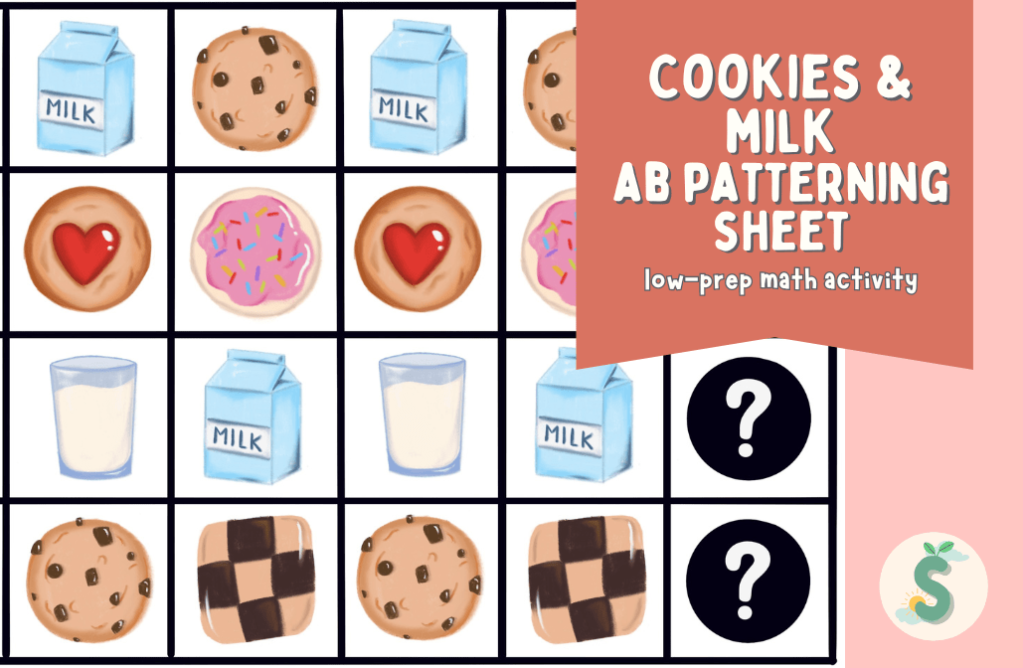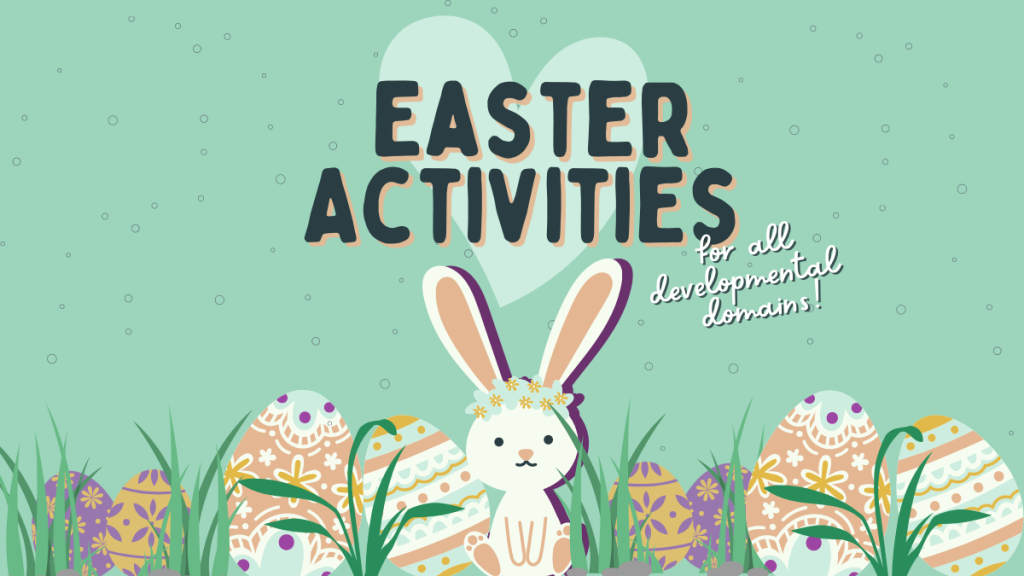Whether it be fiction or nonfiction, fantasy or reality, children can learn and glean so much from books. However, there are many books that may not promote the values or beliefs you advocate. It sounds daunting to have to analyze every book before you read to your child, but here are five simple questions you can ask yourself before you read!
These questions are adapted by Louise Derman-Sparks’ Guide for Selecting Anti-Bias Children’s Books

1. Are there stereotypes?
In the words of the story itself or in the illustrations, are there stereotypical displays? As Louise Derman-Sparks writes, “a stereotype is an oversimplified generalization about a particular identity group.” These groups can be gender, race, class, etc. Many times, these oversimplifications are attributed to the whole group without accounting for individual differences. For example, does this book depict girls as only liking pink, ballet, and princesses and boys as liking the color blue, sports, and superheroes? If so, these are stereotypes!
2. What are the messages about different lifestyles?
In other words, how does the book portray people of different classes, races, culture, or other identity groups? Are there negative inferences about these differences, or are there realistic depictions and appreciations for these diverse lifestyles?
3. How will this book impact a child’s self-image?
Do your books reinforce or counteract messages that teach children to feel inferior or superior because of their skin-color, gender, able-bodiness, or type of family structure?
Louise Derman-Sparks, Guide for Selecting Anti-Bias Children’s Books
For classroom libraries, does the book collection represent each family and their diverse lifestyles? Can each child identify with a book? Is each child visible in your collection?
Apart from looking at your library as a whole, look at the characters in individual books. Can the child positively relate to the characters, feel empowered, and gain confidence?
4. Are there loaded words?
Loaded words are words that carry negative connotations that may belittle people or make them feel invisible because of their identify group, like gender or race.
Examples of Loaded Words:
- savage
- primitive
- backward
- docile
- lazy
- treacherous
While sometimes these words can be harmless, it is important to take into account the contexts in which these words are used.
5. What does this book encourage?
What values or practices does this book encourage? For example, does this book encourage teamwork, or standing standing up for others or yourself in the face of injustice? Books are a great way to teach about community and fairness, so in order to do so, ensure that they include these values!

Even if you ask these questions and don’t find the answers you’re hoping for, those books can offer great teachable moments! Take those books and use them as a facilitator for conversations or as a prompter for critical thinking. There are learning opportunities in every story and every illustration.
Happy reading!
References
10 Quick Ways to Analyze Children’s Books for Racism and Sexism. Worlds of Words. Retrieved from https://wowlit.org/links/evaluating-global-literature/10-quick-ways-to-analyze-childrens-books-for-racism-and-sexism/
Guide for Selecting Anti-Bias Children’s Books. (2021, October 25). Retrieved from https://socialjusticebooks.org/guide-for-selecting-anti-bias-childrens-books









Leave a comment